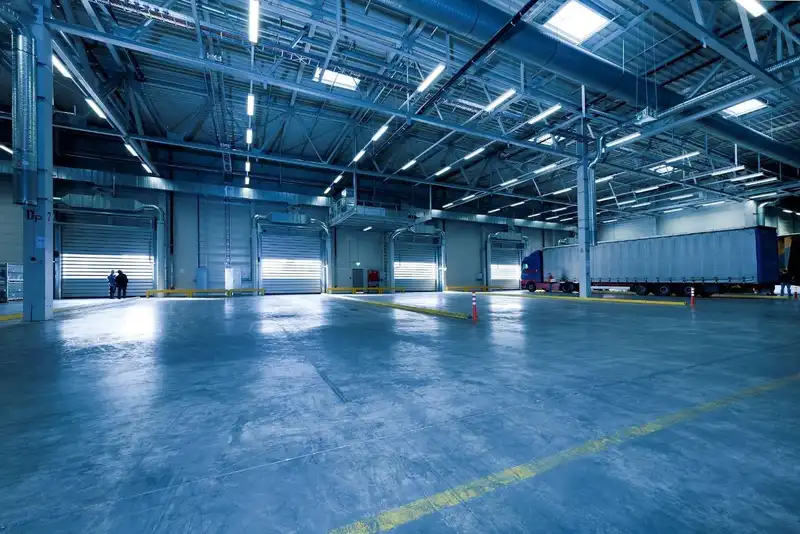Components of Supply Chain Transportation Cost & How to Lower Them
For businesses that move large volumes of inventory, transportation costs can be one of the most significant logistical expenses. However, successful logistics management works to minimize shipping costs, which can enlarge company profit margins.
With reduced transport expenses, businesses can lower retail prices for consumers and dedicate funds to more demanding operations, such as production and inventory management.
Elements of Transportation Cost

Organizations will incur different types of transportation costs, each with their unique characteristics and impact on the total logistical budget. Generally speaking, the 5 most significant transportation expenses are-
1. Distribution Costs
There are two types of distribution costs, internal and external. Also known as user costs, internal distribution expenses are paid by the consumer. On the other hand, external costs are accrued by businesses within the supply chain and do not directly impact buyers. The social cost is the total of the internal and external expenses.
2. Variable and Fixed Fees
Also known as marginal, variable costs are directly proportional to consumption. Therefore, if the consumption of a product increases, so does its variable cost. For example, if a business increases its use of a carrier company, the variable cost will increase to supplement the travel time, fuel, and crash risk.
On the other hand, fixed costs are fees that do not fluctuate. Using the same example, the carrier's insurance and depreciation rate remain constant regardless of user frequency.

3. Market and Non-Market Expenses
Market costs include bartering goods in a competitive market, such as vehicles, property, and fuel. Non-Market charges involve products traded outside of a market, such as injuries and clean air. While these expenses are not monetary, they hold value.
4. Perceived and Actual Automobile Costs
Perceived vehicle cost is a rough estimation made by motorists that consider travel time, gas, parking fees, and stress. However, the actual cost may be much higher as it usually underestimates infrequent costs such as insurance, maintenance, repairs, and depreciation per mile.
5. Price
The price, also referred to as the perceived-internal-variable cost, is the upfront cost that a consumer pays to receive an item.
Strategies to Reduce Transportation Cost

When companies find ways to minimize transport costs, they can significantly reduce their overall logistics spending. Businesses should consider the best practices to decrease transportation costs-
- Use Fewer Carriers
Instead, limiting contracts to only a few carriers increases their usage, often resulting in exclusive deals due to larger order volumes. This tactic helps organizations lower their average costs and build stronger partnerships.
However, limiting carriers may result in codependence, which can negatively impact delivery schedules if the shipping company becomes overbooked with another business. Therefore, organizations should have backup carriers that can pick up routes when needed.
- Consolidate Shipments
This practice requires logistics managers to avoid sending less than truckload (LTL) shipments and move towards truckload (TL) orders. While this is not always feasible as some orders are time-sensitive, managers should use this strategy whenever possible to reduce spending.

- Utilize Single Sourcing
Most transportation work is found through bidding and submitting a request for quotation (RFQ). RFQ's provide a detailed outline of what the company requires from a carrier, order size, routes, and other specifications. Any interested carriers then respond to the business with their ideal compensation, which can be further negotiated by both parties.
For businesses wanting to employ this technique, it is crucial to carefully evaluate the bidder's credentials. Carriers should have a solid reputation, qualifications to handle requests, and excellent financial standing. Without thorough vetting, companies could risk delayed shipments due to a restrictive contract with a sub-par carrier.
When businesses lower their transportation costs, they can dedicate more capital to other logistical needs, such as storage and stock management. Minimizing transport expenses also promotes profit margins and allows businesses to offer economical pricing to attract new consumers and maintain customer satisfaction.





